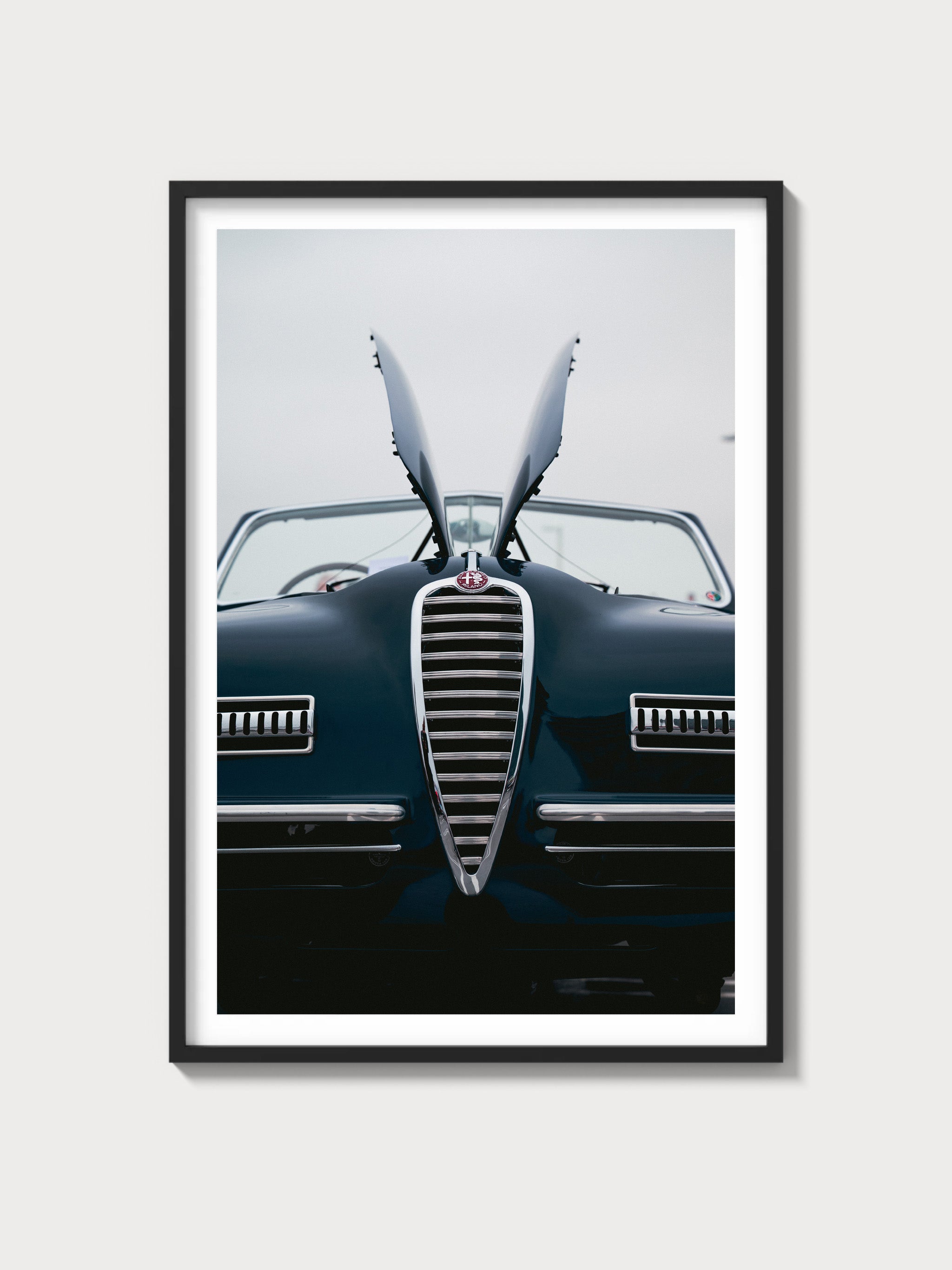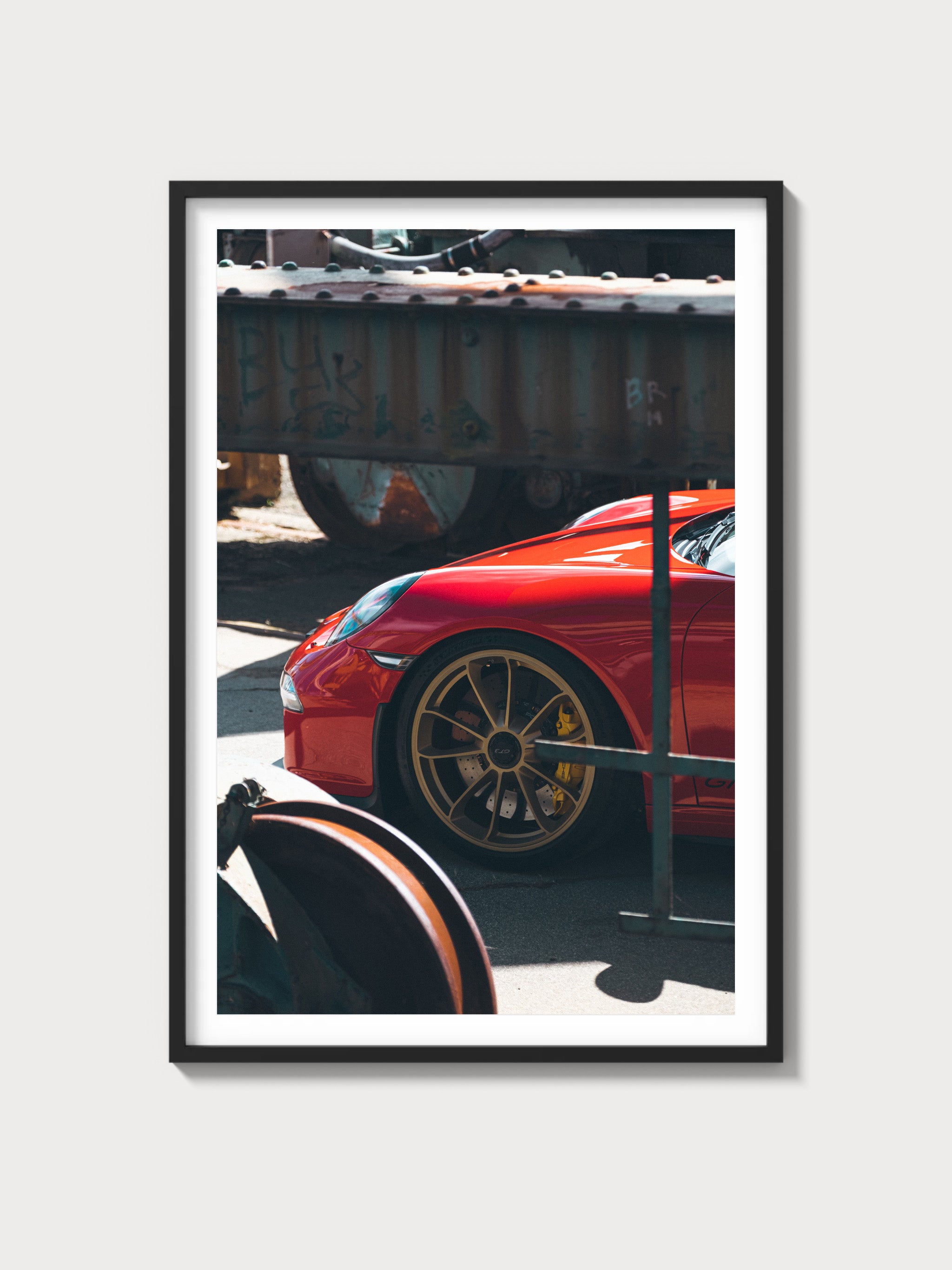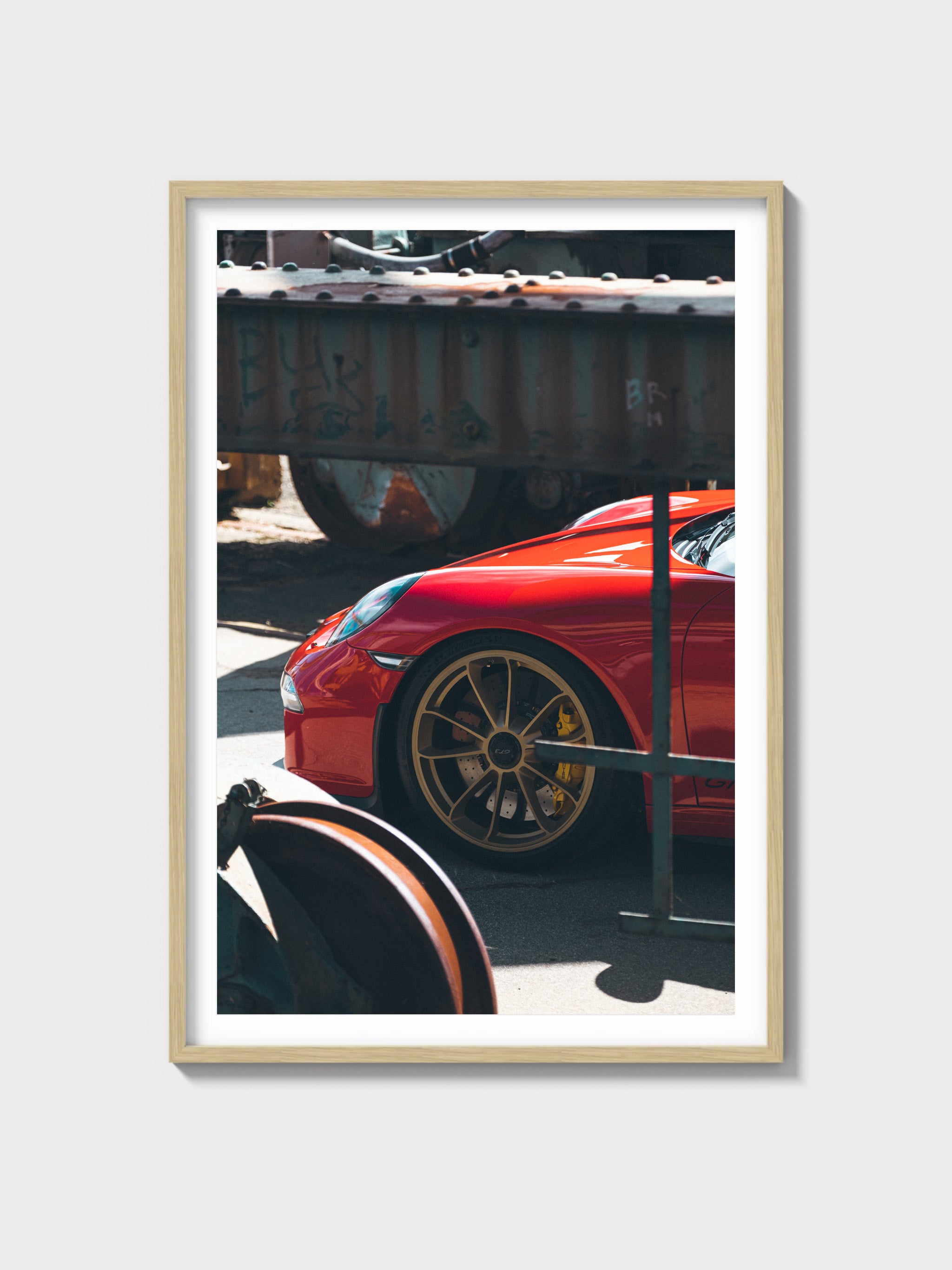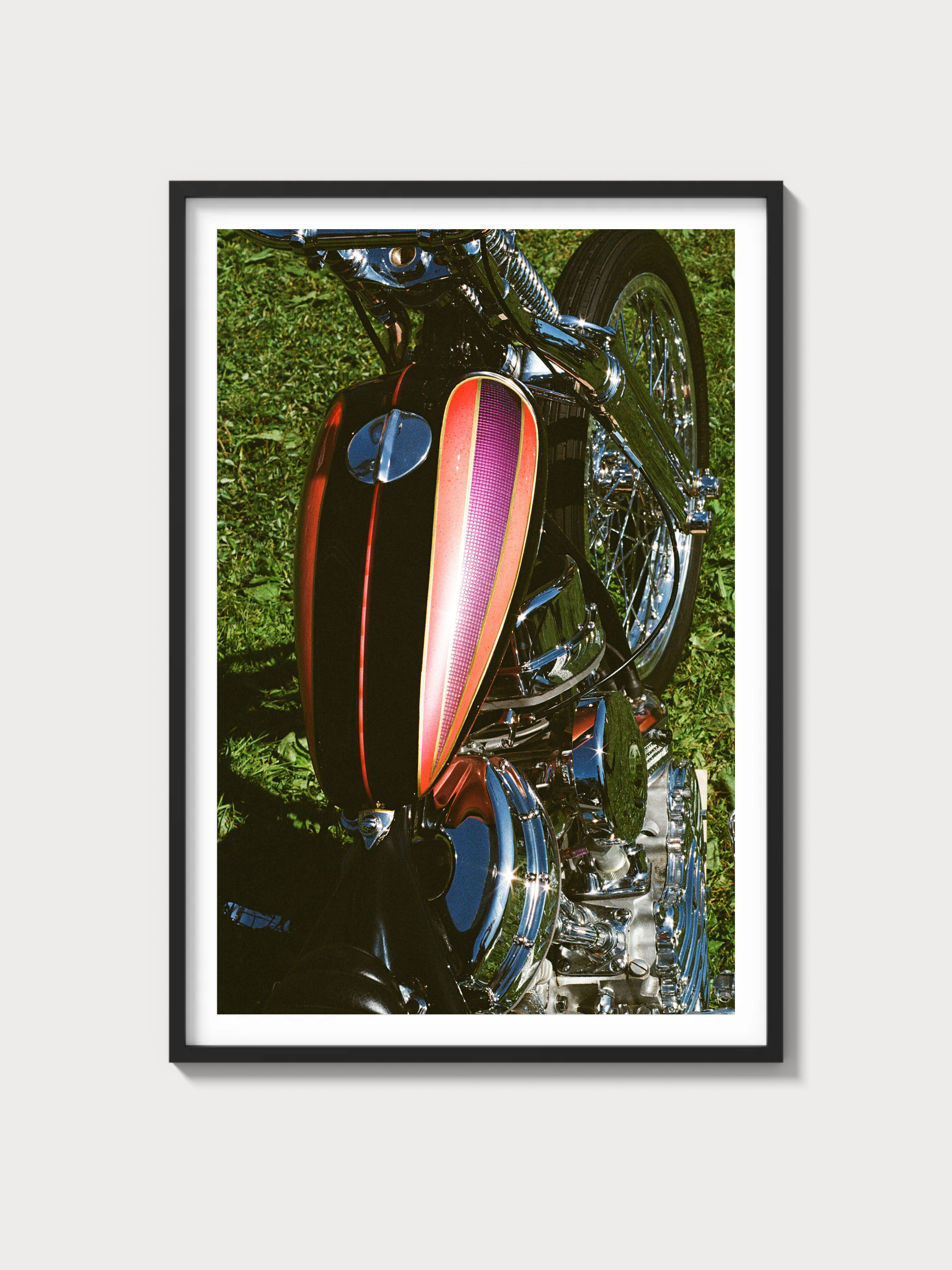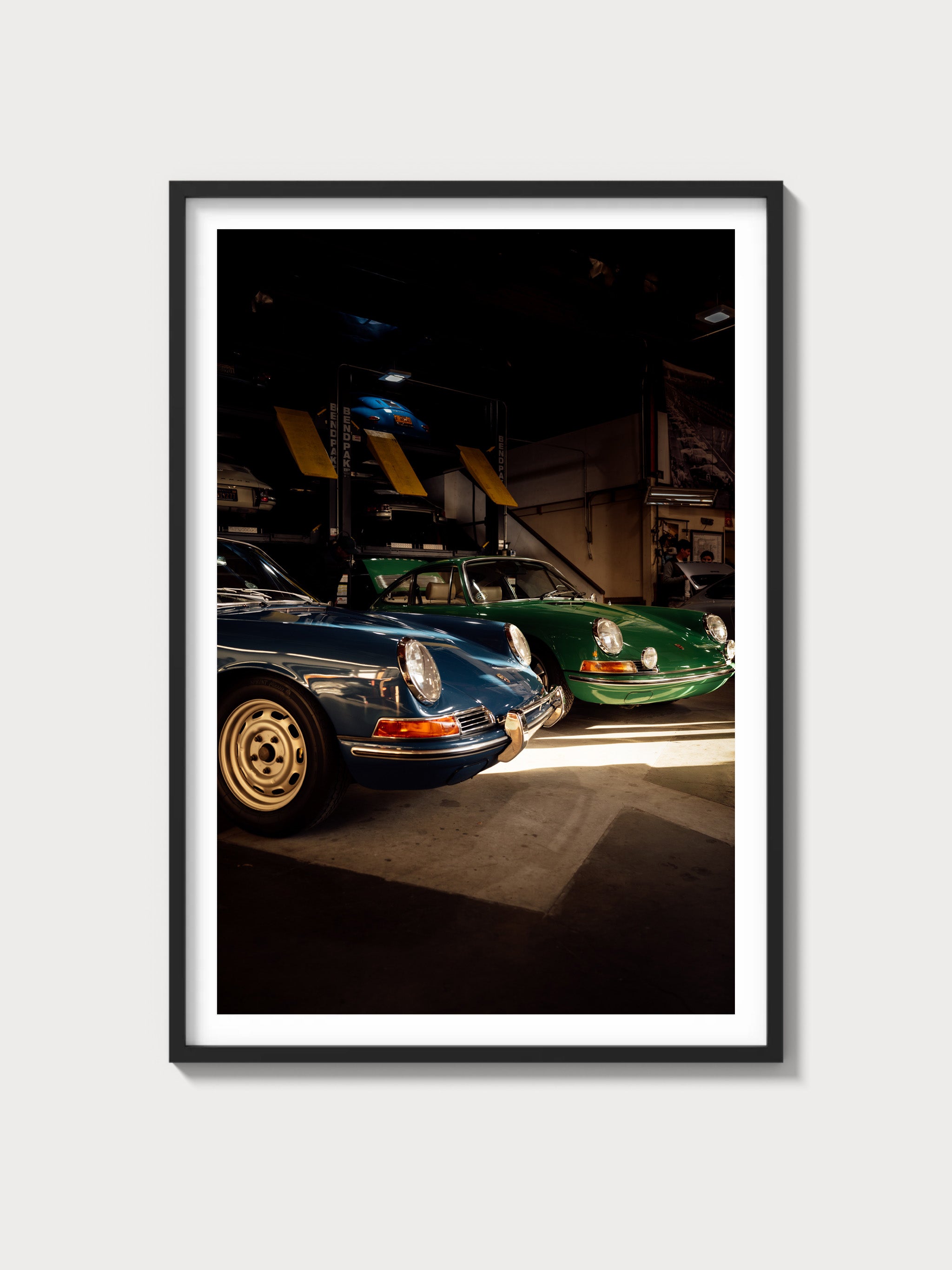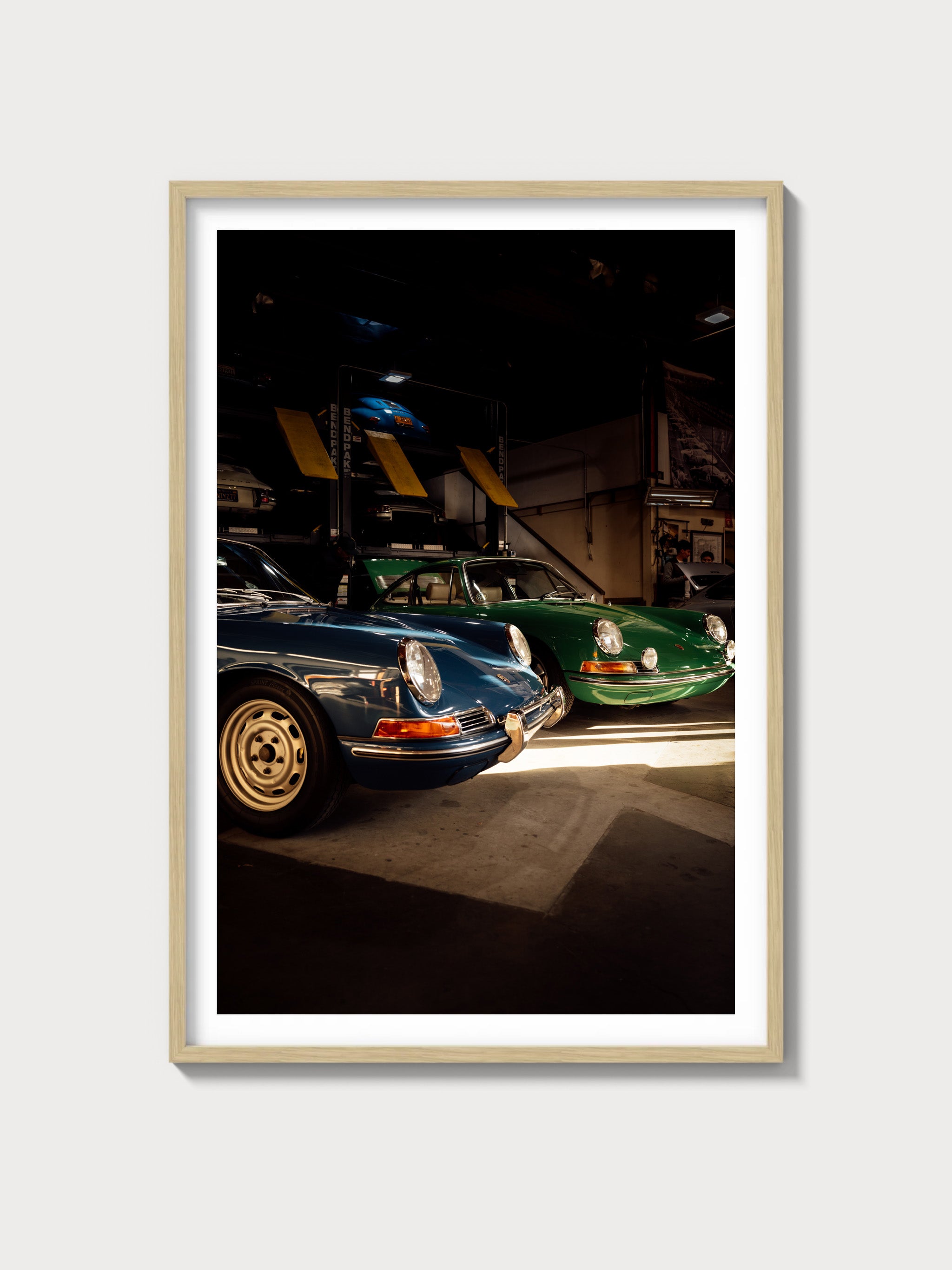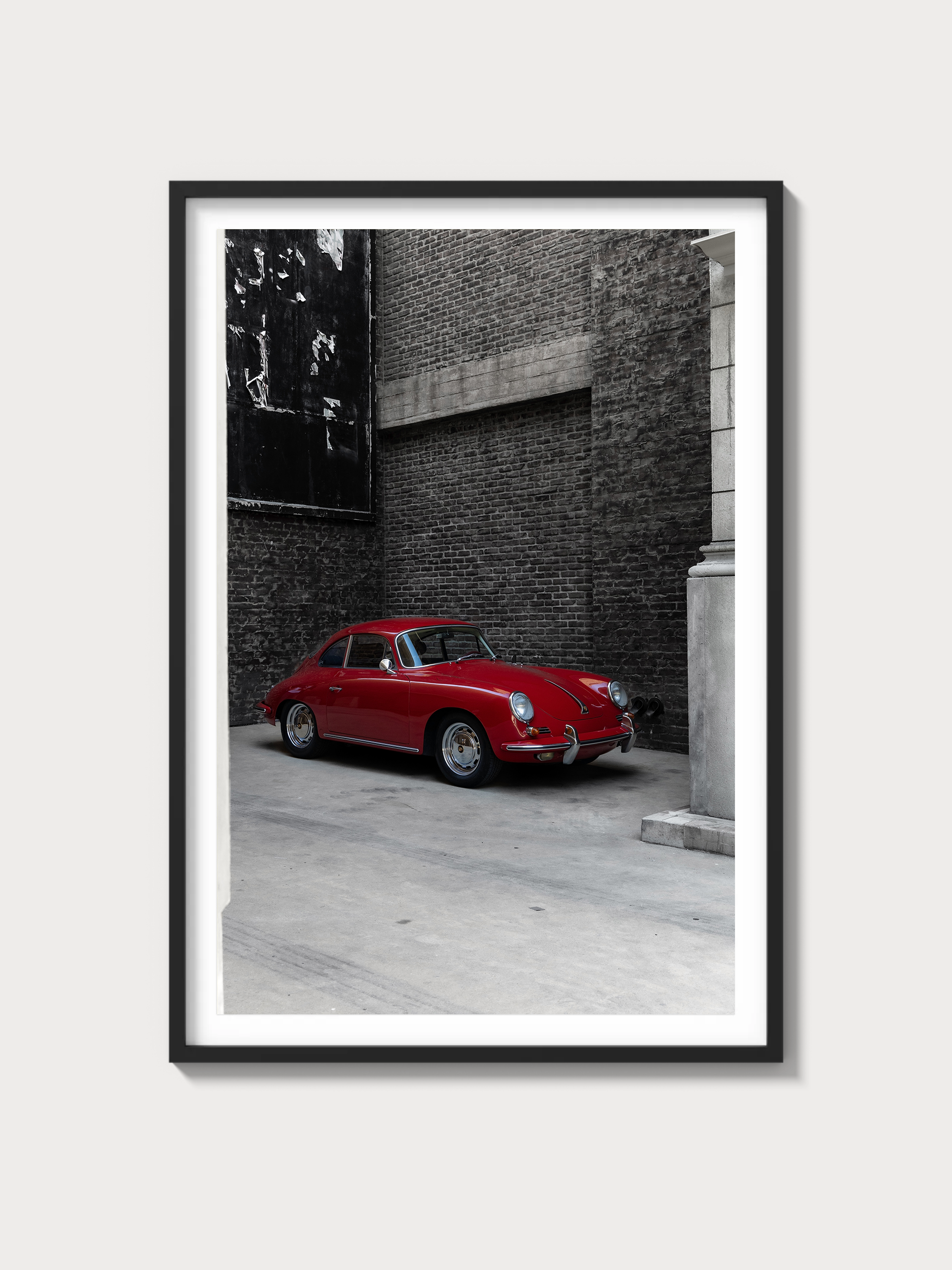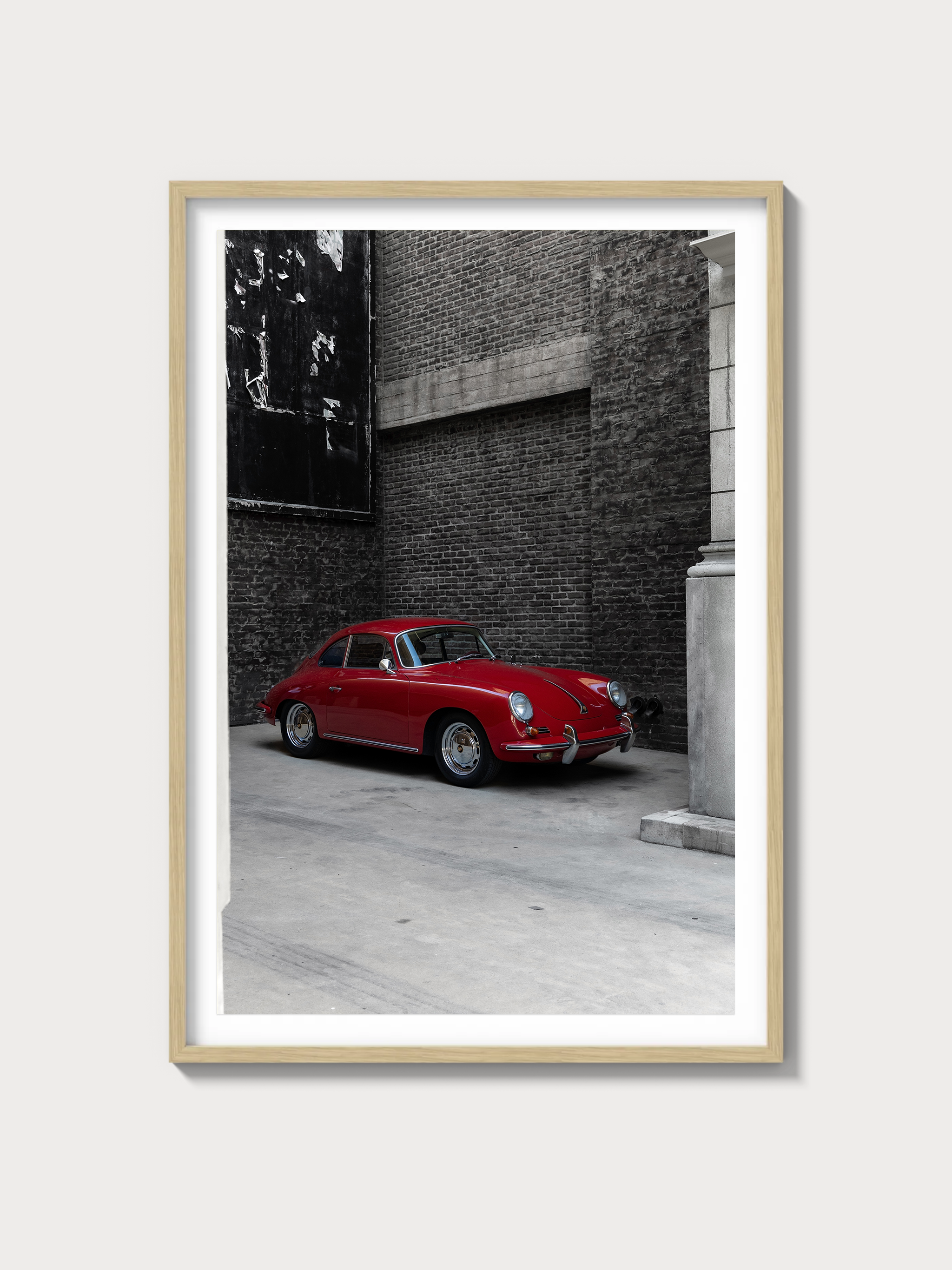Chevrolet S-10 Xtreme (1999–2003/2004): Second-Gen Sport Truck With Factory Attitude
Historical Context and Development Background
The S-10 Xtreme arrived for the 1999 model year as Chevrolet’s factory-sanctioned nod to the custom mini-truck movement that had flourished through the 1990s. Built on the second-generation S-10 (GMT325), the Xtreme bundled Chevrolet’s ZQ8 performance suspension with monochromatic bodywork, ground-effect skirts, fog lamps, a unique grille insert, and 16-inch alloys. Conceptually, it succeeded the earlier S-10 SS (1994–1998) by offering a more overtly street-focused stance while retaining mainstream drivability and warranty backing.
Corporate intent was clear: capture buyers drawn to lowered, visually assertive compact pickups without forcing them into the aftermarket. The Xtreme focused on appearance and handling rather than outright power. Under the hood, Chevrolet offered the familiar 2.2-liter OHV four-cylinder or the torquier 4.3-liter Vortec V6. Two-wheel drive only, and either a regular cab short box or an extended cab, with fleetside or stepside (Sportside) beds depending on year and configuration.
In the competitive set, the Xtreme took aim at the Ford Ranger Splash and later performance-leaning packages, while bracketing the sporty end of the segment alongside the Dodge Dakota R/T (V8 brute force) and, a little later, Toyota’s Tacoma S-Runner (lowered, V6, manual). Within GM showrooms, the GMC Sonoma offered similar ZQ8 hardware and a closely related flavor, giving buyers two badge routes to roughly the same dynamic recipe.
Availability notes: The core Xtreme package was offered primarily for the 1999–2003 model years in the U.S. market. The second-generation S-10 itself continued through the 2004 model year; however, Xtreme-specific ordering availability for 2004 varied by market and is not consistently documented in Chevrolet’s published retail materials.
Engine and Technical Specifications
Two engines defined the S-10 Xtreme experience. The 2.2-liter four delivered frugality and a rev-happier character, while the 4.3-liter Vortec V6 provided the torque that best matched the chassis’ visual intent. Both were paired to five-speed manuals or four-speed automatics depending on axle, cab, and year.
| Engine | Configuration | Displacement | Horsepower | Induction | Redline | Fuel System | Compression | Bore x Stroke |
|---|---|---|---|---|---|---|---|---|
| 2.2L LN2 | OHV inline-4 | 2189 cc (2.2 L) | ~120 hp (period ratings) | Naturally aspirated | Not specified by GM | Multi-point fuel injection (MFI) | Around 9.0:1 (factory spec varies by year) | 93.0 mm x 81.0 mm (3.66 x 3.19 in) |
| 4.3L Vortec (L35/LU3) | 90° OHV V6 | 4293 cc (4.3 L) | ~190 hp (period ratings) | Naturally aspirated | Not specified by GM | CSFI/MFI (Vortec) | ~9.2:1 | 101.6 mm x 88.4 mm (4.00 x 3.48 in) |
Key chassis elements of the Xtreme centered on the ZQ8 package: lowered ride height, firmer springs, quick steering, stiffer anti-roll bars, specific bump stops, and performance-tuned de Carbon/Bilstein monotube dampers depending on model year. A limited-slip differential (G80) was commonly optioned. Wheel/tire fitment was 16x8 cast aluminum with 235/55R16 performance all-seasons from the factory.
Driving Experience and Handling Dynamics
The Xtreme’s appeal lives in the first quarter-turn of the wheel. Relative to a standard 2WD S-10, the ZQ8 tune sharpens the steering’s on-center response and lends the truck an eagerness to change direction that enthusiasts will recognize as unusual in a compact pickup of the era. Body control is notably better: roll is curtailed by thicker anti-roll bars and firmer spring rates, and the monotube dampers keep secondary motions tidy over broken pavement.
Ride quality is taut but not punishing, helped by the relatively tall sidewalls on the 235/55R16s. The shorter suspension travel and lower bump stops mean big impacts can be felt—driveways and speed humps demand a bit of care, particularly on Sportside trucks with the longer rear overhang visually accentuated by the body kit.
Drivetrain character splits along engine lines. The 2.2-liter four prefers revs and pairs best with the five-speed manual for acceptable pace. The 4.3-liter V6 delivers the muscular low-end torque that matches the Xtreme’s stance; with the 4L60-E automatic it feels relaxed and torquey in everyday use, while the NV3500 five-speed manual (when fitted) makes the truck more involving and quicker. Throttle actuation is mechanical, responses are linear, and the powertrains are classic late-90s GM: simple, durable, and tune-friendly.
Braking hardware is straightforward—vented front discs and rear drums—with ABS fitment depending on year and options. Pedal feel is honest if not sports-car precise, but the lighter curb weights of regular-cab trucks give reassuring stopping distances when the system is in top condition.
Full Performance Specifications
Representative period test data for factory-standard trucks. Actual results vary by cab, axle ratio, transmission, and test conditions.
| Configuration | 0–60 mph | Quarter-Mile | Top Speed | Curb Weight | Layout | Brakes | Suspension | Gearbox |
|---|---|---|---|---|---|---|---|---|
| 2.2L I4, 5-speed manual | ~11–12.5 s | ~18–19 s @ ~75–80 mph | ~95–100 mph | ~3000–3200 lb | Front-engine, RWD | Front vented discs, rear drums; ABS availability varies | ZQ8: lowered springs, performance dampers, thicker anti-roll bars | NV1500 5-speed / 4L60-E 4-speed auto |
| 4.3L V6, automatic | ~7.8–8.5 s | ~16.1–16.7 s @ ~84–86 mph | ~108–110 mph | ~3200–3400 lb | Front-engine, RWD | Front vented discs, rear drums; ABS availability varies | ZQ8: lowered springs, performance dampers, thicker anti-roll bars | 4L60-E 4-speed automatic (NV3500 5-speed manual available on some V6) |
Variant Breakdown
Chevrolet offered the Xtreme across multiple cab/bed and engine combinations. Production totals by configuration were not officially published by GM.
| Variant | Years Offered | Engines | Transmissions | Key Differences | Production (est./published) | Markets |
|---|---|---|---|---|---|---|
| Regular Cab, Short Box (Fleetside) | 1999–2003 | 2.2L I4; 4.3L V6 | 5M; 4A | Lightest configuration; most responsive chassis feel | Not officially published | U.S./Canada |
| Regular Cab, Sportside (Stepside) | 1999–2003 | 2.2L I4; 4.3L V6 | 5M; 4A | Stepside bed; same ZQ8 hardware with body kit continuity | Not officially published | U.S./Canada |
| Extended Cab, Fleetside | 1999–2003 | 2.2L I4; 4.3L V6 | 5M; 4A | Longer wheelbase; slightly heavier; improved cabin utility | Not officially published | U.S./Canada |
| Extended Cab, Sportside (Stepside) | 1999–2003 | 2.2L I4; 4.3L V6 | 5M; 4A | Most overt styling; marginally more rear overhang past axle | Not officially published | U.S./Canada |
- Appearance: Monochrome paint, unique grille insert, fog lamps, ground effects, Xtreme fender/tailgate scripts, 16-inch alloys.
- Chassis: ZQ8 lowered performance suspension standard on Xtreme, including quicker steering and thicker anti-roll bars.
- Options: G80 limited-slip differential, audio upgrades, bucket seats/console, bed choices as noted.
- Color palette: Offered in mainstream Chevrolet hues for the period; availability varied by year and market.
Ownership Notes
Maintaining an Xtreme is largely the same as any well-kept second-gen S-10—with a few chassis specifics to watch:
- Suspension: ZQ8-specific dampers, bump stops, and anti-roll bars are still serviceable with OEM or reputable aftermarket equivalents. Front-end wear items (ball joints, idler/pitman arms, control-arm bushings) deserve regular inspection.
- Powertrains: The 4.3L Vortec has a strong bottom end but is known for intake manifold gasket seepage and, on earlier CSFI systems, poppet/injector issues; GM offered updated components. The 2.2L LN2 is simple and durable when maintained; watch for cooling-system neglect and general high-mile wear.
- Transmissions: The 4L60-E responds well to fluid/filter changes and sensible cooling; neglect or repeated abuse can accelerate failures (e.g., sunshell, 3-4 clutch). Hydraulic clutch components on manuals can age out.
- Brakes: Keep rear drums properly adjusted; a soft pedal often traces to shoes out of spec rather than front hardware alone.
- Body/Rust: Cab corners, rocker panels, bed crossmembers, and spare-tire hoists are common trouble spots in rust-prone regions. Body-kit clips should be checked; missing hardware leads to squeaks/rattles.
- Service intervals: Follow GM’s period maintenance schedule. DEX-COOL extended-life coolant was specified (long-life interval when uncontaminated). Regular engine oil service, transmission fluid/filter service on schedule, and differential/steering lubrication are key to longevity.
- Parts availability: Excellent mechanical support across the aftermarket. Xtreme-specific trim can take patience to source in top condition; hoard good fog-lamp housings, grille inserts, and genuine ground-effect pieces when you find them.
Cultural Relevance and Collector View
The Xtreme distilled the late-90s mini-truck ethos into a warranty-backed, drive-everyday package. It resonated with a generation raised on magazines that championed shaved handles, monochrome paint, and neatly tucked rolling stock. While rarely a headliner in period motorsport, the platform saw enthusiastic use in SCCA Solo and local autocross, where the ZQ8 tune and quick steering made for entertaining cones-carving at modest speeds.
Collector interest today centers on originality and specification: V6 power, five-speed manuals, regular-cab trucks, and unmolested body kits draw the most attention. Mileage, rust-free shells, intact interior plastics, and correct wheels/tires matter. Clean examples have increasingly been treated as preservation candidates among compact-truck devotees, but values remain accessible relative to headline-grabbing performance trucks of the same era.
Media presence was most visible in advertising and enthusiast press rather than blockbuster film cameos. The Xtreme’s significance lies in how faithfully it captured the look and stance so many owners were chasing in the aftermarket—and how it made that aesthetic turnkey.
FAQs
What years was the S-10 Xtreme offered?
Primarily 1999–2003 in the U.S. The second-generation S-10 continued into 2004, but Xtreme-specific 2004 availability is not consistently documented in Chevrolet’s published retail materials.
Did the Xtreme get a different engine?
No unique engines. It used the S-10’s 2.2L inline-four or the 4.3L Vortec V6. The V6 best showcases the chassis’ intent with its strong torque.
How is the Xtreme different from a ZQ8 S-10?
All Xtremes include the ZQ8 performance suspension. The Xtreme adds the factory body kit, unique wheels/trim, and a distinct monochrome presentation.
How quick is a stock S-10 Xtreme?
Period tests typically recorded around 7.8–8.5 seconds 0–60 mph for V6 automatics and roughly 11–12.5 seconds for 2.2L manuals, depending on configuration and conditions.
Common problems to watch?
On V6s: intake manifold gasket seepage and CSFI injector poppet issues (addressed by updated parts). On all: front-end wear (ball joints/idler/pitman), aging shocks, 4L60-E maintenance needs, and rust in known S-10 trouble spots.
Are parts hard to find?
Mechanical parts are widely available. Xtreme-specific trim (ground effects, fog lamps, grille inserts, decals) can be harder to source in excellent condition.
What transmissions were available?
Five-speed manuals (NV1500 with the 2.2L; NV3500 with the 4.3L on certain configurations) and the 4L60-E four-speed automatic.
Is the Xtreme good value as a collector buy?
For enthusiasts who appreciate the period look and want a usable, simple, rear-drive sport truck, yes. Manual V6 trucks and clean, original regular cabs tend to be the most sought-after. As always, condition trumps miles.




































